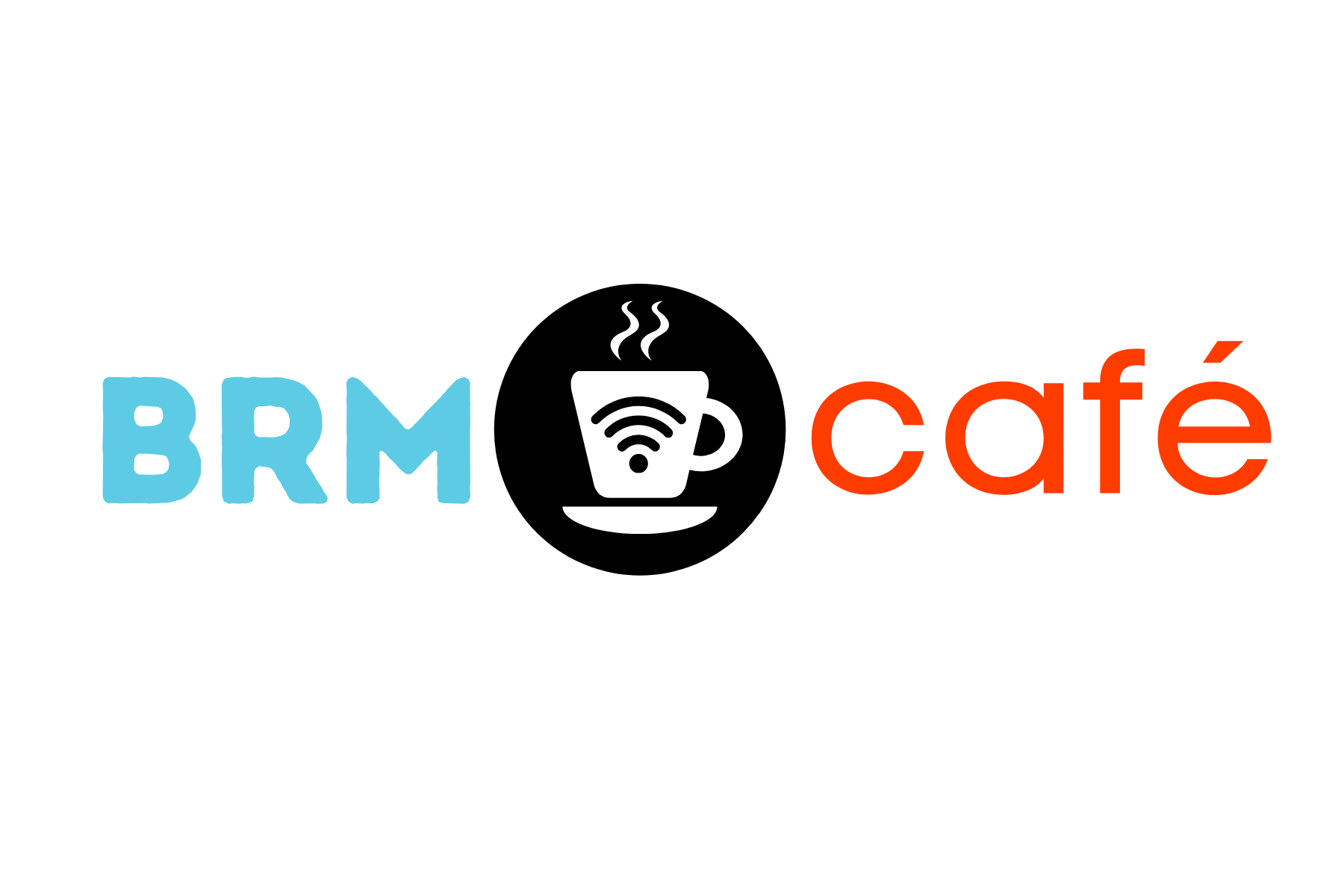Sears, Blockbuster, and Polaroid were once industry leaders, but their downfall highlights the dangers of ignoring global trends, failing to collaborate, and not listening to their audience. Sears clung to its traditional retail model, missing the e-commerce wave that reshaped shopping habits. Blockbuster dismissed the shift toward digital streaming, allowing agile competitors like Netflix to dominate. Polaroid, known for instant photography, failed to adapt to the digital era, losing relevance. Their rigidity and unwillingness to evolve with the times led to their demise. In today’s fast-paced world, a lack of agility in collaboration, trend adaptation, and audience engagement can have a disastrous impact, turning once-mighty giants into relics of the past.
The Importance of Agility in Collaboration: A Business Relationship Management Perspective
Within the realm of Business Relationship Management (BRM), agility is more than just a buzzword and the need for agile collaboration cannot be overstated. The capacity to adapt swiftly to changes, pivot when necessary, and foster a culture of continuous improvement is crucial to maintain strong and productive relationships. However, a lack of agility in collaboration can create significant challenges, not just in initiative outcomes and results but also in the emotional well-being of those involved.
The Problem of Inflexible Collaboration
In many organizations, collaboration often suffers from rigidity. Teams may be entrenched in specific processes, resistant to change, or siloed in their work. This lack of flexibility can lead to a range of issues. First, the inability to adapt to new information or changes in the market can result in missed opportunities or failures to meet customer expectations. When strict protocols or outdated practices bind a team, it may struggle to respond promptly to emerging trends or challenges, leading to delays and inefficiencies.
In addition, rigid collaboration can result in waste. Without the agility to streamline workflows or reallocate resources dynamically, organizations may find themselves stuck in non-value-adding activities, consuming time and effort that could be better spent elsewhere. This inefficiency hampers productivity and frustrates team members who see their contributions being underutilized.
Furthermore, inflexibility can stifle innovation. A collaborative environment that does not encourage experimentation or the exploration of new ideas can limit the organization’s ability to innovate and stay competitive. Employees may feel they are being discouraged from proposing new solutions or taking calculated risks, which are essential for growth and development.
Emotional Impacts of Inflexible Collaboration
Emotional consequences for team members often accompany the operational inefficiencies caused by a lack of agility. Frustration is common when individuals feel they cannot influence change or are constrained by rigid processes. This frustration can quickly become disengagement, as employees feel their contributions should be valued and considered. Over time, this can lead to a decline in overall team morale, making fostering a positive and productive work environment harder.
Additionally, stress levels can rise in such environments. When team members are under pressure to meet deadlines or adapt to changing requirements without the necessary support or autonomy, the resulting stress can be detrimental to their well-being and performance. This sense of powerlessness compounds stress, where individuals feel they have no control over their work environment or the direction of their projects.
Enhancing Agility Through Business Relationship Management
Business relationship management plays a critical role in fostering agility in collaboration. BRMs can help organizations navigate changes more effectively by focusing on strategic alignment between business objectives and collaborative efforts. Building strong, trust-based relationships is one of the most important aspects of this alignment. Trust is the cornerstone of agile collaboration, as it fosters an environment where team members feel safe communicating openly, sharing ideas, and providing honest feedback. This openness is essential for identifying areas for improvement and responding to changes quickly.
Another key strategy BRMs can employ is encouraging a growth mindset within teams. A growth mindset promotes the belief that team members’ abilities and intelligence can be developed through dedication and hard work. This mindset encourages individuals to view challenges as opportunities for learning and growth rather than as insurmountable obstacles. By fostering a culture of continuous learning and adaptability, BRMs can help teams become more resilient and innovative.
Empowering Agile Collaboration: Flexible Frameworks, Feedback Loops, and Team Autonomy for Enhanced Productivity
Implementing flexible frameworks is also crucial. While some structure is necessary to guide collaborative efforts, overly rigid frameworks can stifle creativity and responsiveness. BRMs can advocate for methodologies that allow teams to adapt their processes to suit the needs of specific projects or changing circumstances. Agile methodologies, such as Scrum or Kanban, can balance structure and flexibility, enabling teams to respond swiftly to changes without losing sight of their goals.
Regular feedback loops are essential for maintaining agility. BRMs can facilitate regular review sessions where teams reflect on what is working, what isn’t, and how to improve processes. This iterative approach ensures that teams remain aligned with business goals and quickly adapt to new information. Continuous feedback also identifies and addresses issues before they escalate, contributing to a more harmonious and productive work environment.
Empowering teams with autonomy is a fundamental component of agile collaboration. When team members have the authority to make decisions and take ownership of their work, they are more likely to be engaged and motivated. Autonomy fosters a sense of responsibility and accountability, which can lead to quicker decision-making and more innovative solutions. BRMs play a crucial role in advocating for a work environment where team members feel empowered and supported in their efforts to contribute to the organization’s progress.
Unlocking Success: Why Agility in Collaboration Is the Key to Thriving Teams and Innovation
Agility in collaboration is not just a competitive advantage; it is a necessity. Business relationship managers are crucial in fostering this agility by building strong relationships, encouraging a growth mindset, implementing flexible frameworks, and promoting continuous improvement. By doing so, they not only enhance operational efficiency and innovation but also address the emotional well-being of team members, creating a more engaged, resilient, and agile workforce. Embracing agility in collaboration is not just about improving processes—it’s about unlocking the full potential of the people who drive your organization’s success. To ensure your team thrives in this dynamic environment, Lead The Pack Consulting offers BRM leadership training courses with expert guidance and workshops to help your organization avoid the pitfalls of lacking agility.
Invest in your team’s future today!
Leadership Education, Training, Courses, Coaching and Consulting
Lead the Pack Consulting specializes in business relationship management (BRM) leadership development. Our years of experience in Leadership Management Education, Training, Courses, Coaching and Consulting help us support business relationship management teams and provide them with the leadership skills needed to overcome their challenges. We have provided leadership coaching to business relationship managers, leaders, and teams in a variety of organizations and industries. Since 2013, we have been a registered provider of business relationship management certification workshops and coaching.
Our coaches, Elka Schrijver and Peter Lijnse, have both won the prestigious Arnie Award from the Business Relationship Management (BRM) Institute for their work to embody, enhance, and promote business relationship management knowledge throughout the global BRM community. They have been actively involved in the BRM Institute since it was founded in 2013 and have been contributing authors for several components of the BRM Body of Knowledge and certification courses. They are currently writing a series of practical, user-friendly books about mastering business relationship management leadership skills.
Lead and Succeed!
Lead The Pack Consulting
2024 Leadership BRM Courses

